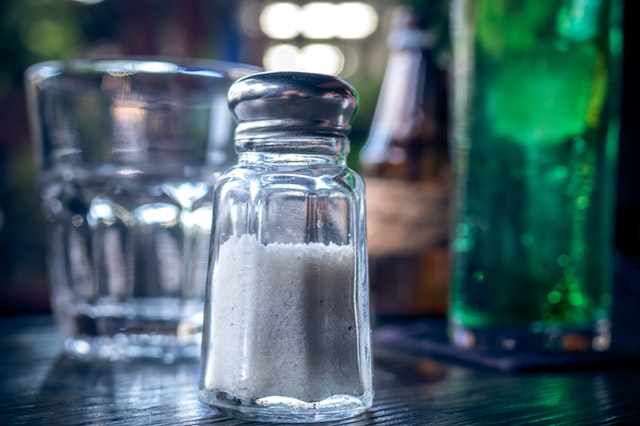While most foods don’t exceed the daily limit of 5g of salt per day, the combined amount of salt from all the foods we eat in a 24-hour period often amounts to eight times the recommended daily allowance, putting South Africans in the red zone for heart disease.
To test South Africans’ salt-smarts, a prevention-minded pharmaceutical company conducted an online poll among men and women across the country in the weeks leading up to World Salt Awareness Week (4 – 10 March). Here are some of the findings.
A quarter of South Africans conceded to being salt addicts, with 31% adding salt to their food ‘all the time’ and 37% ‘some of the time’. Most also still don’t have a handle on how much salt is used in popular foods such as cereal, yoghurt and chips.
Nicole Jennings, spokesperson for Pharma Dynamics – the country’s leading provider of cardiovascular medication – says hypertension rates in SA are alarmingly high and getting higher.
“A leading cause of the condition is too much salt consumption, which heightens the risk of heart disease and stroke. There are various ways in which excessive salt consumption can impact our blood pressure and put great strain on our hearts, arteries and kidneys. We live in a fast-paced society, where take-outs and ready-made meals reign supreme, but these are often laden with salt.
“Our survey, which polled 245 men and women across the country, found that while more than 90% understood the link between hypertension and excessive salt consumption, very few actually knew just how much salt is contained in food that is consumed on an almost daily basis,” says Jennings.
More than 64% of the survey respondents didn’t know that there is about 1.5g of salt in a single slice of pizza; 45% were off the mark with their estimates of the amount of salt was in a small tub of plain yoghurt; 60% were unaware of how much salt is in an average take-away beef hamburger, which is in the region of 3.5g; 60% guessed wrong about the quantity of salt in a bowl of cornflakes with milk; and 68% didn’t know how much salt was in a handful of peanuts.
“While efforts have been made since 2016 by government to reduce salt levels in food, with a second set of even lower levels of salt being introduced this year, the public should be made more aware of foods that are high in salt as many don’t pay attention to food labels,” Jennings says.
In an effort to make the public more salt-savvy, Pharma Dynamics has compiled a list of food items that are typically high in salt:
Products Very High in Salt
– Cheese, including flavoured cream cheese and cottage cheese
– Tinned foods, especially those preserved in brine
– Stock powders or cubes
– Soup powders or tinned soups
– Marinades or marinade powders
– Olives and pickles
– Any processed meat: polony, ham, salami, turkey, sausages, Viennas, and so on
– Any takeaway fast foods, like burgers, fish and chips, crumbed chicken, pizzas, and Chinese takeaway
– Seasoning salts like barbeque or chicken spice
– Salty spreads, including margarine, butter, cheese spreads, and meat spreads
– Cured meat and fish: bokkoms, bacon, biltong, anchovies, corned beef, and so on
– Instant noodles with flavouring
– Worcestershire sauce and soy sauce
– Crisps, salted biscuits and crackers and ready-made popcorn
Products Moderately High in Salt
– Pre-prepared meals or convenience foods
– Shop-bought biscuits, cakes and treats
– Salad dressings and mayonnaise
– Salted nuts
Products Low in Salt
– Ready-made desserts
– Some yoghurts
– Bread
– Breakfast cereals
Picture: Pexels






